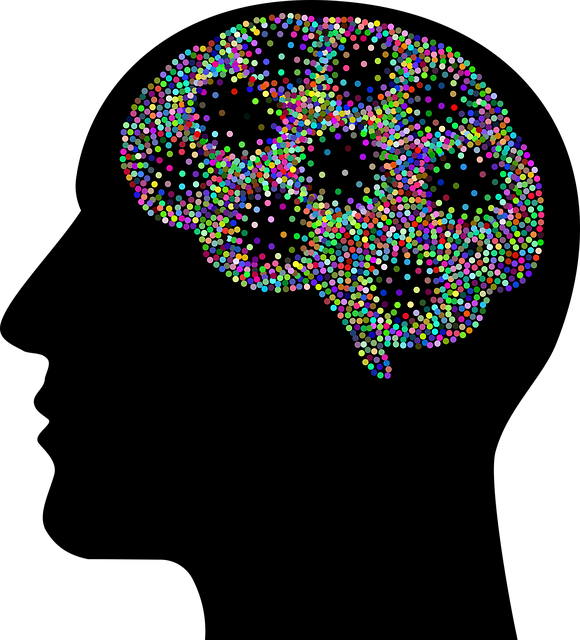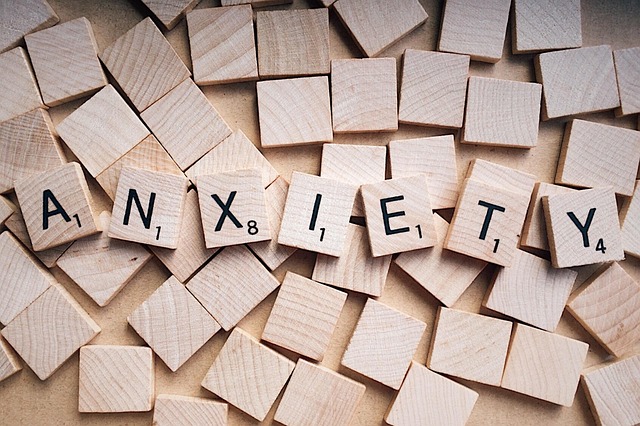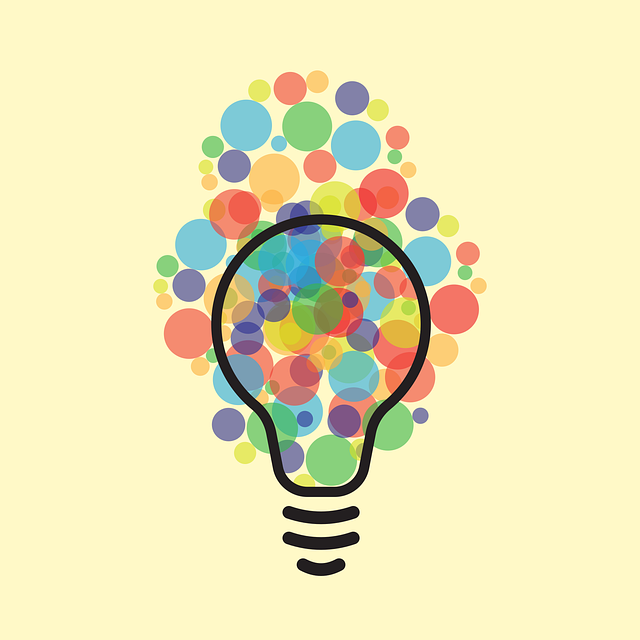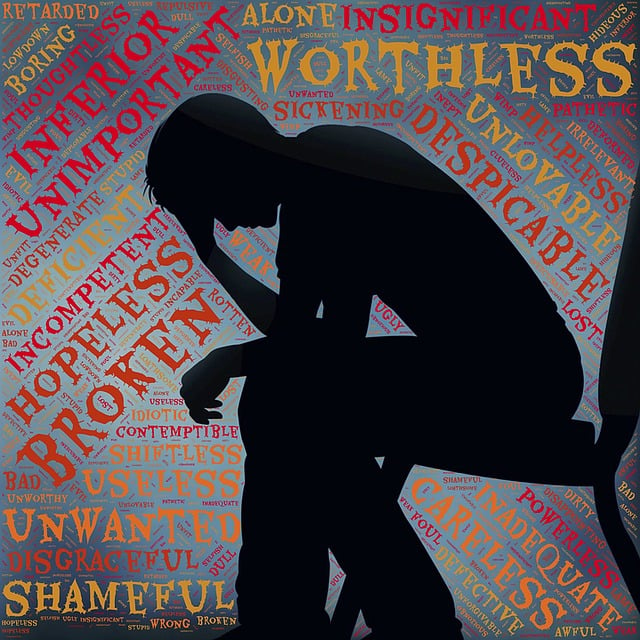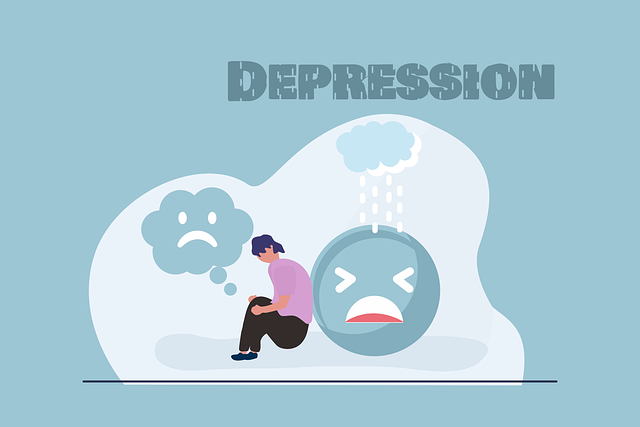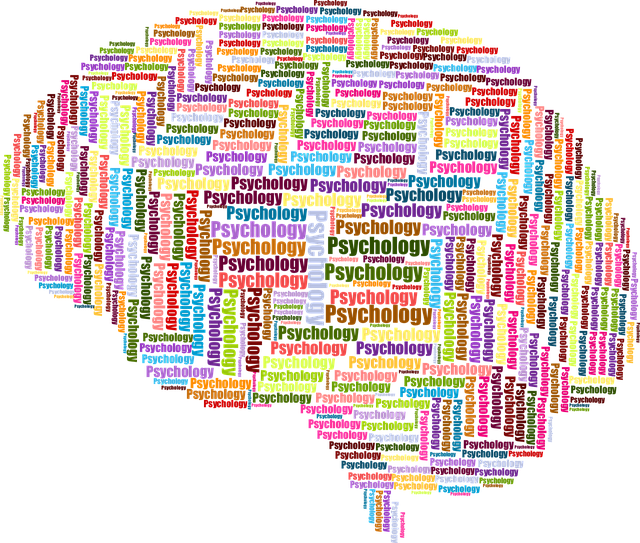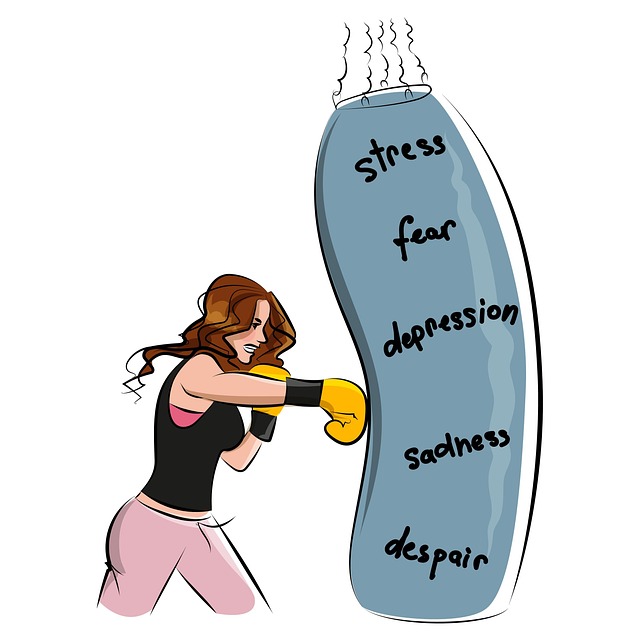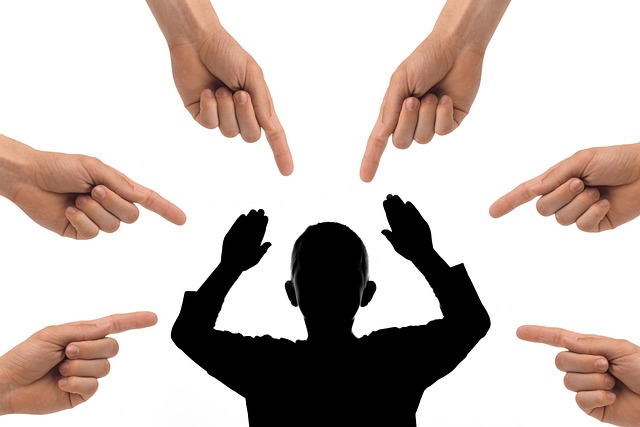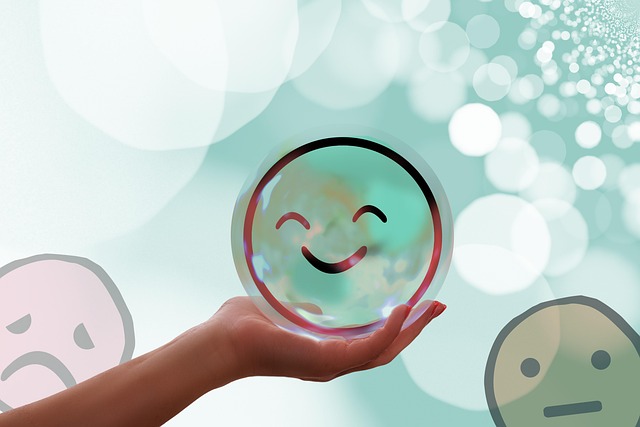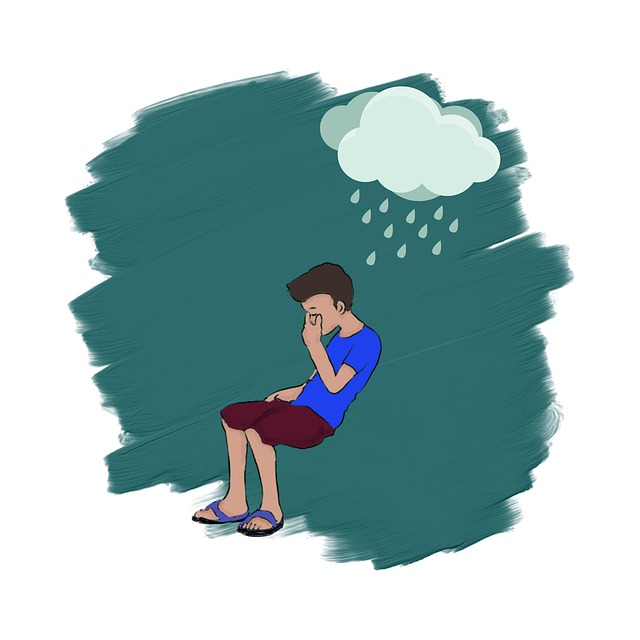Evaluating therapy for young children anxiety programs requires a blend of quantitative and qualitative methods. Standardized assessment tools measure emotional regulation, social interactions, and well-being, while statistical analysis compares pre- and post-program data. Qualitative feedback from parents and educators through public awareness campaigns offers deeper insights into the program's success in fostering mental resilience. Combining these approaches provides a comprehensive understanding of therapy effectiveness, aiding in burnout prevention for young anxious individuals.
Mental wellness programs designed for young children suffering from anxiety have gained significant attention, leading to a need for robust evaluation methods. This article explores effective strategies to assess the efficacy of such initiatives, delving into both qualitative and quantitative techniques. We examine tools and metrics for tracking program impact, emphasizing the importance of measuring success in therapy for young children with anxiety. By understanding these evaluation methods, professionals can ensure the effectiveness and positive outcomes of mental wellness programs.
- Assessing the Efficacy of Mental Wellness Programs for Young Children with Anxiety
- Qualitative and Quantitative Evaluation Techniques: A Comprehensive Look
- Measuring Success: Tools and Metrics for Tracking Program Impact
Assessing the Efficacy of Mental Wellness Programs for Young Children with Anxiety

Evaluating the effectiveness of mental wellness programs for young children with anxiety is a multifaceted process. It involves assessing improvements in their emotional regulation, social interactions, and overall well-being. Standardized assessment tools tailored for pediatric anxiety can help gauge progress before and after therapy. These tools often include self-report measures, where children describe their feelings, along with observer ratings that capture behavioral changes.
One effective approach is to compare pre- and post-program data using statistical methods. This analysis reveals the impact of specific interventions, such as mental wellness coaching programs or self-awareness exercises, on anxiety levels. Additionally, qualitative feedback from parents and educators through public awareness campaigns development can provide valuable insights into children’s experiences and the program’s overall success in fostering mental resilience among young individuals.
Qualitative and Quantitative Evaluation Techniques: A Comprehensive Look

Evaluating mental wellness programs involves a blend of qualitative and quantitative techniques that offer a holistic understanding of their impact. Qualitative methods, such as interviews, focus groups, and case studies, provide rich insights into participants’ experiences, perceptions, and emotional journeys. These methods are particularly valuable in unearthing subtle changes, personal growth narratives, and the nuanced effects of interventions like therapy for young children with anxiety. They allow for a deeper exploration of emotional intelligence development and how participants integrate newfound coping mechanisms into their daily lives.
Quantitative techniques, on the other hand, offer measurable data that validate the program’s success. Surveys, rating scales, and statistical analyses track changes in mental health symptoms, cognitive functioning, and overall well-being. For instance, a community outreach program implementation might use pre-post tests to gauge improvements in anxiety levels or emotional regulation skills. Additionally, integrating Mental Wellness Journaling Exercises Guidance can provide quantitative data through regular self-assessments, offering a practical way to track progress and tailor interventions for individual needs.
Measuring Success: Tools and Metrics for Tracking Program Impact

Measuring success is a critical component of evaluating any mental wellness program, especially when focusing on young children’s anxiety. Various tools and metrics can be employed to effectively track the impact and progress of therapy sessions designed for this age group. One such tool is the use of standardized assessment scales that measure anxiety levels before and after intervention. These assessments provide quantitative data, allowing professionals to gauge improvements and identify areas requiring further attention. For instance, the Child Anxiety Scale (CAS) assesses various types of anxiety in children, offering a structured framework for comparing results over time.
Additionally, qualitative feedback from both children and their caregivers can offer valuable insights into the program’s effectiveness. This may include open-ended questions about their experiences, perceived benefits, and any challenges faced during therapy sessions. Incorporating measures of emotional intelligence and trauma support services within these evaluations ensures a holistic understanding of the program’s impact on children’s mental wellness. By combining quantitative data with qualitative feedback, professionals can comprehensively evaluate the success of anxiety therapy for young children while also identifying areas to enhance burnout prevention strategies.
Evaluating mental wellness programs, especially those designed for young children with anxiety, is crucial to understanding their efficacy. By combining qualitative and quantitative methods, we can gain a comprehensive view of program impact. Assessing both participant experiences and measurable outcomes ensures that therapies like those targeting young children’s anxiety are not only well-received but also produce tangible results. This multi-faceted approach allows for informed decisions about program improvements and ensures that resources are allocated effectively to support the mental wellness of our youngest populations.
